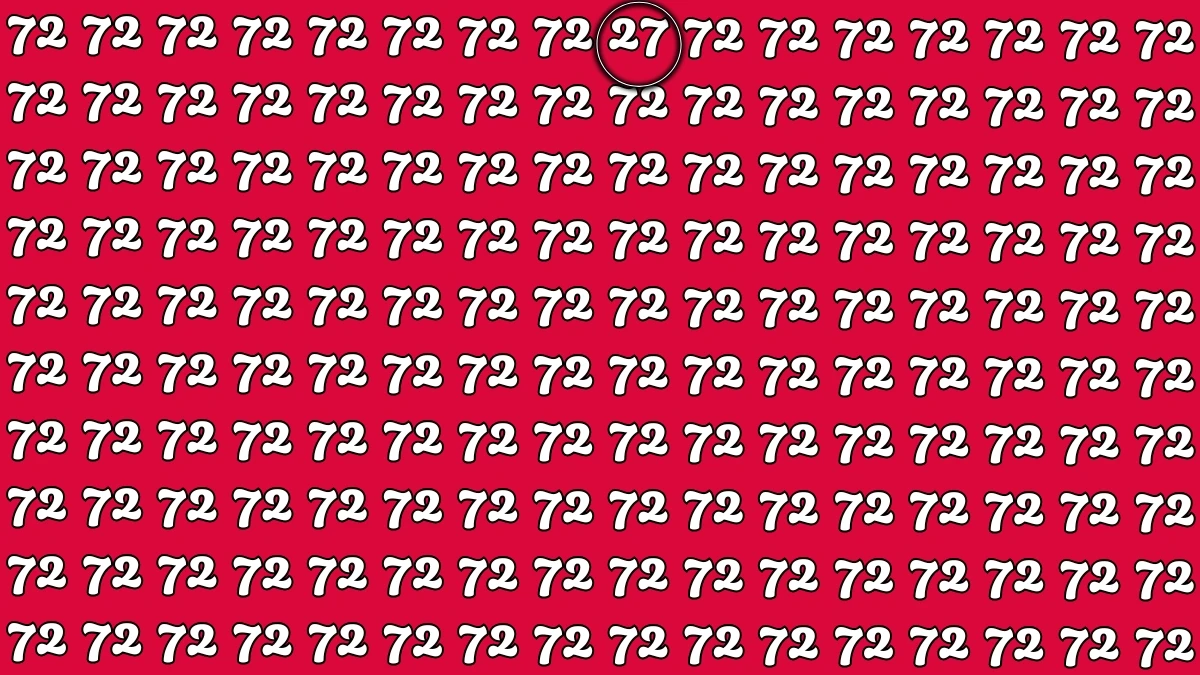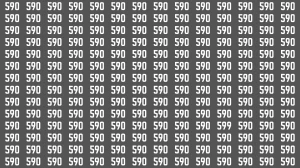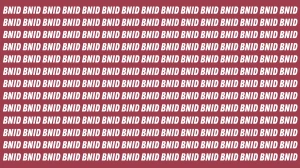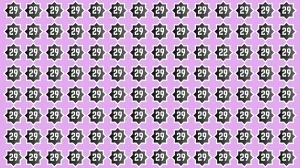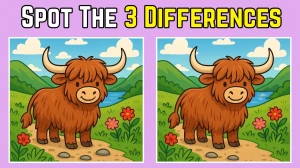Optical Illusion
An optical illusion is a visual phenomenon where the perception of an image differs from objective reality. It tricks the brain into seeing something that isn't actually there or perceiving an image in a distorted way.
This happens because our eyes collect visual information, but our brain interprets it based on patterns, past experiences, and assumptions.
Optical illusions can involve shapes, colors, light, and spatial relationships, creating effects like motion where there is none, changing sizes, or hidden images.
These illusions highlight how perception isn't always a direct reflection of reality and demonstrate the complex ways our brain processes visual input.
Try This Out: Within 8 Seconds Spot The Number 151 among 157
Observation Skills Test: Within 6 Seconds Spot The Number 27 among 72
This observation skills test challenges your ability to quickly and accurately spot subtle differences under time pressure. The task is to find the number 27 hidden among multiple instances of the number 72, all within just 6 seconds.
At first glance, the numbers may appear identical due to their similar digits, but the order of the digits is key 27 versus 72. This test is designed to assess your attention to detail, pattern recognition, and visual scanning speed.
Successfully identifying the number 27 among a group of 72s demonstrates a sharp eye and quick cognitive processing. Such exercises not only sharpen your focus but also improve mental agility in everyday situations that require fast and accurate observations.
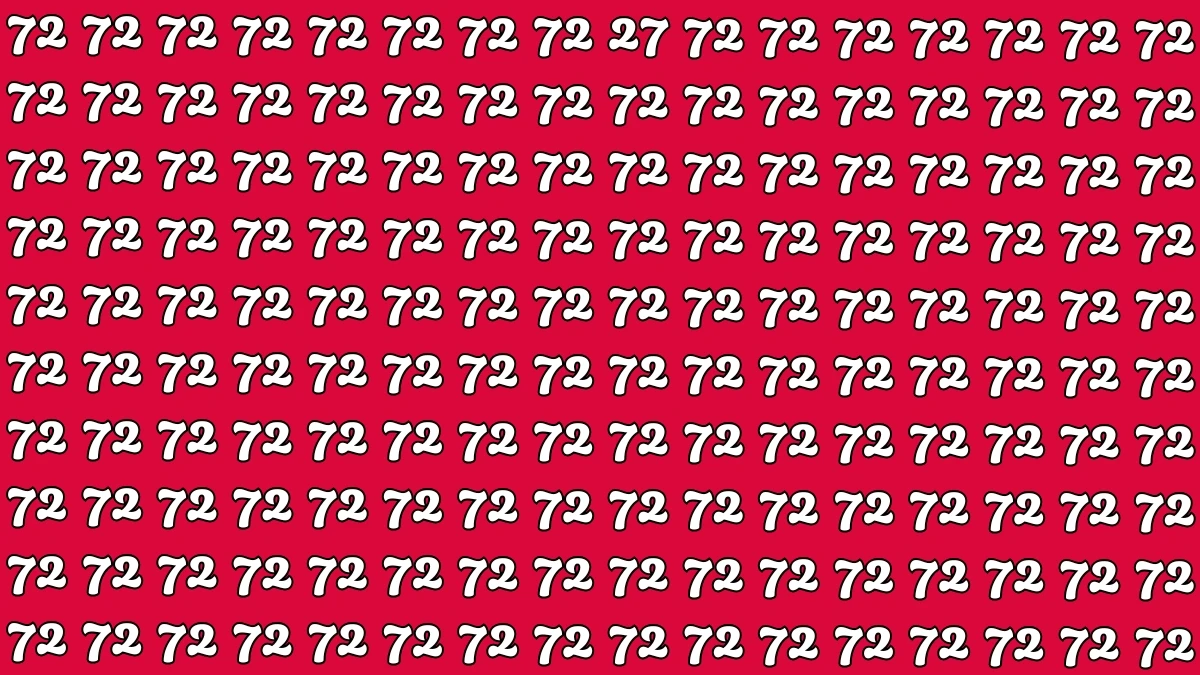
Try This Out: Within 7 Seconds Spot The Number 8 among inverted 9
Observation Skills Test: Within 6 Seconds Spot The Number 27 among 72 - Solution
In this observation skills test, the goal is to locate the number 27 hidden among many repetitions of the number 72.
While both numbers use the same digits, their order is reversed, making it easy to overlook the correct one at a quick glance.
In the provided image, the number 27 is successfully spotted and clearly marked with a black circle near the top center of the image.
This demonstrates a keen eye for detail and the ability to distinguish subtle variations under time pressure.
Spotting such differences quickly exercises your brain’s pattern recognition and focus, making this an excellent test of visual attention and speed.
